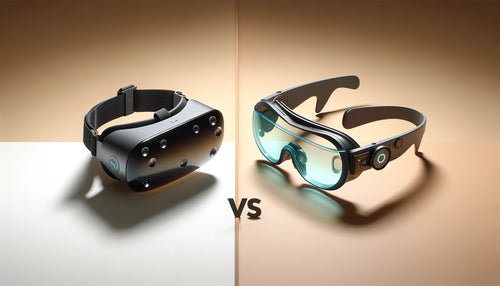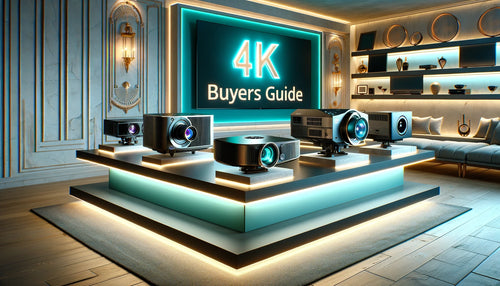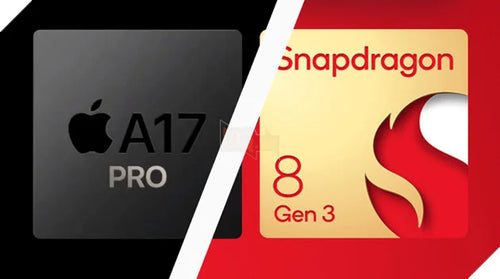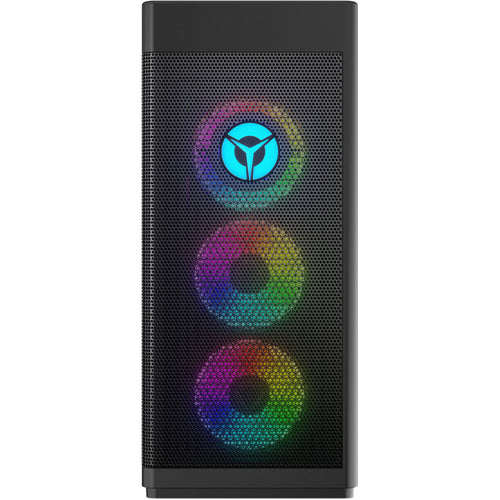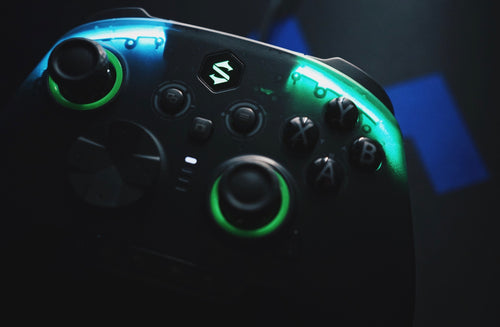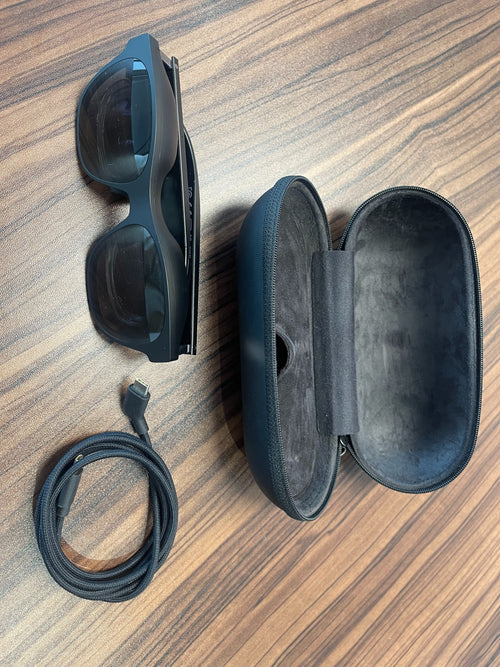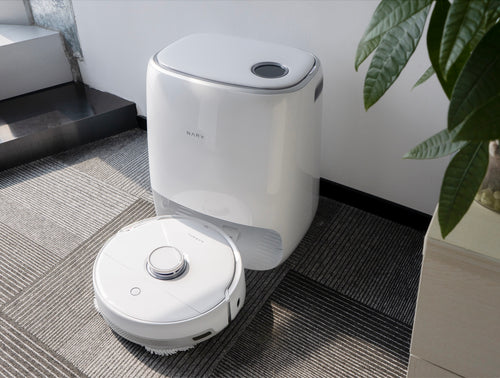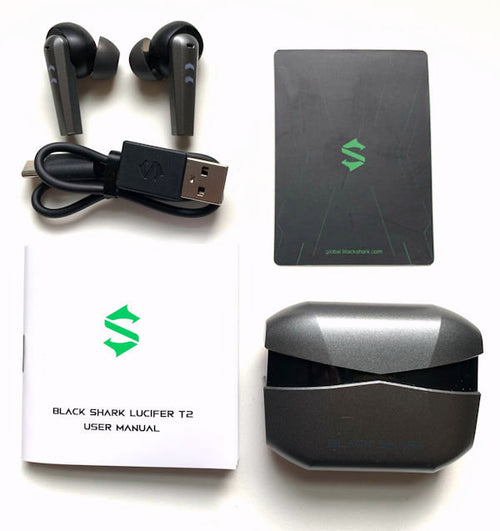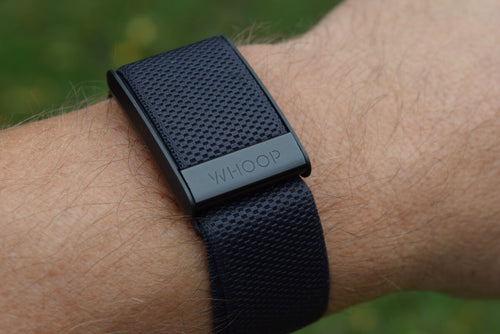The Epic Clash: Steam Deck vs ROG Ally - Who Will Claim the Throne of Handheld Gaming?
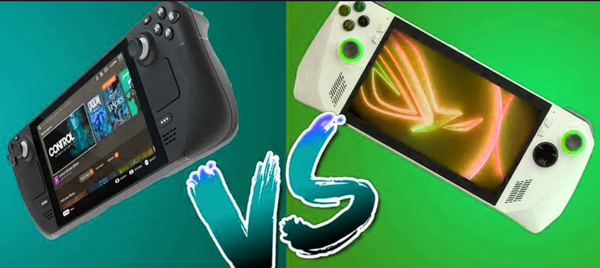
The release of the much anticipated ASUS ROG Ally– a handheld gaming PC set to rival the mighty Steam Deck – is just around the corner.
It's hitting the market sooner than a squirrel on a caffeine bender with a set of impressive specs across the board.
Since its launch back in February 2022 Steam Deck has been considered the gold standard for on-the-go PC gaming.
Strutting around like a peacock among pigeons, Valve’s device has had next to no competition – until now.
Tipped for release at the start of next month, ASUS will attempt to break that monopoly – offering gamers a new choice and a refreshing twist on the portable gaming experience.
But, If you're caught in a tug-of-war, unsure which device you should pick, we've got the antidote.
Below you’ll find a breakdown of everything you need to know.
Size
Some people will tell you size matters, we say it’s all about handling. The Steam Deck and ROG may seem similar in size, but the Deck has a slight edge.
But, it's the slimness where we think the Ally comes up trumps. Even 1cm can make a big impact during intense gaming sessions. Add that to a frame which comes in 61g lighter and you’ll start to understand what we mean.
Although, keep in mind that both consoles still outsize the Nintendo Switch OLED.
Screen
Both the Steam Deck and the ROG Ally boast a 7-inch LCD display, but there's a noticeable difference on one that will make your gaming experience pop.
While the Deck's screen offers a maximum resolution of 1280x800p, delivering 720p HD visuals, the Ally takes it up a notch with a screen resolution of 1920x1080p, offering a glorious 1080p HD experience.
In a nutshell, despite sharing the same screen size, the Ally outshines the Deck, ensuring that games look as crisp as a freshly ironed bacon strip.
Storage
In terms of storage, there is literally nothing to separate these two. We're focusing on the most high-end version of the Deck, which closely matches what the Ally brings to the table.
Both devices offer a generous 16GB of RAM, ensuring smooth gameplay and multitasking. Plus, they share the same storage capacity of 512GB SSD, giving you ample space to house your hefty game collection.
Power
When it comes to juice the Ally boasts a snazzy 120Hz refresh rate, allowing for buttery-smooth gameplay at 120fps, while the Deck chugs along at a respectable 60Hz and 60fps. Under the hood, it’s the same story. The Ally flexes a minimum of 2.8Tflops, leaving the Deck in the dust with its 1.6Tflops.
Added to that, the upcoming June release of the Ally is expected to take things to a whole new level with a jaw-dropping 8.6Tflops. That means the Ally delivers a whopping 150% to 5 times the processing power of the Deck
While the more expensive ASUS model is not as impressive as the PS5, it far outstrips other handhelds on the market.
Battery
After size, most people would look at stamina and in this case, we’d have to agree, although don’t expect many sleep-deprived gaming benders.
The Steam Deck has gained a reputation for its less-than-stellar battery performance. While it claims 2-8 hours of playtime, real-world playtesting tells a different story. With more demanding games like Elden Ring, you might be looking at a mere 30 to 45 minutes of gameplay.
Even with indie and 2D games, don't expect your battery to last more than 4-6 hours.
Unfortunately, the Asus ROG Ally looks like it could perform even worse. Being the powerhouse that it is, expectations are that its battery may drain even faster than the Steam Deck.
Gameplay
In the battle of operating systems, it's a showdown between familiarity and stability. The Steam Deck runs on SteamOS, a Linux-based system, while the Asus ROG Ally operates on good ol' Windows. While Windows may ring a bell for most people, Linux takes the crown for stability.
It's less likely to crash, boasts rock-solid updates, and enjoys immunity to computer viruses. As for controllers, both consoles offer remappable controls, allowing you to tailor them to your liking.
However, the Steam Deck might have a slight edge here with its abundance of buttons, including touch pads and extras, making it more accessible. But, if customization isn't your cup of tea, the Ally's more streamlined layout might feel like a cosy fit.
Ultimately, it's a matter of personal preference. But, here's a cherry on top: the Ally comes with three months of Xbox Game Pass Ultimate.
Price
But ultimately these contests often come down to price so here are the numbers. The Steam Deck's closest model to the Ally comes in at £569 ($649), while the Asus ROG Ally swings in with a higher price tag of $699 (£600) for its top-tier model.
It is expected that the Ally will release a cheaper variant in Autumn which is expected at a price point of $599 (£500) delivering more processing power and the same storage.
Verdict
If we look purely at specifications, the ROG Ally reigns supreme, boasting unmatched processing prowess, superior resolution, and a captivating frame rate.
But for a lot of consumers, the ultimate choice hinges on a pivotal factor: price.
With the Ally commanding a higher investment, it is anticipated that many will gravitate towards the Steam Deck, particularly with enticing models priced as low as £349.
Nonetheless, if unwavering performance is your utmost priority, the ROG Ally emerges as the definitive selection for us.
Let us know what you think though. Which device would you go for? You can head over to our community page to cast your opinion and as always follow us on our social media channels.
